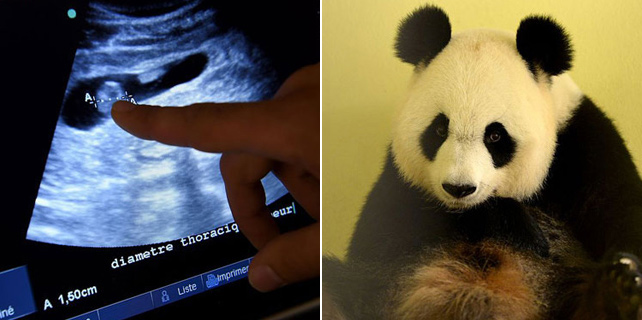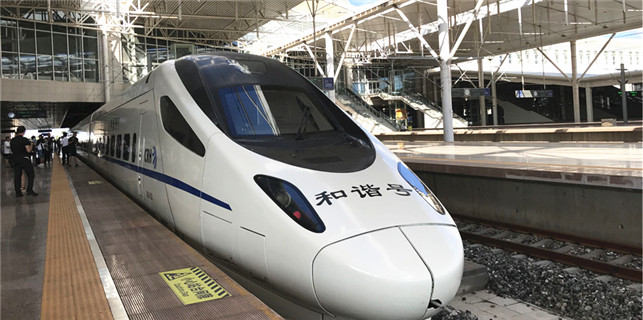Free trade zones blooming across China
Experimental reform shows Chinese government's prudence but might not be applicable to other countries
As a big country, China often uses special zones to do social experiments before a reform is extended to the whole country, especially at a time when the society needs to break through some bottlenecks.
In August 2013, the State Council approved the establishment of the China (Shanghai) Pilot Free Trade Zone. The government stressed that the establishment of the Shanghai FTZ was a national strategy to test a number of economic and social reforms. The reasons for establishing this free trade zone can mainly be classified in two categories.
On the one hand, China was experiencing a turning point in economic growth in 2013. The average growth rate of GDP was 11.7 percent for 2003-07 and 9.0 percent for 2008-13, but it was only 7.7 percent in 2013. Experts pointed out that it might be lower in the future.
It is increasingly clear that China's economy has stepped into a new stage and the role of government should be transferred from investment-oriented to service-oriented, and the efficiency of the government also needs to be improved by streamlining its management process.
On the other hand, China is strong enough to promote the renminbi's globalization, but it has two bottlenecks: There is no onshore market to accommodate the reinvestment of RMB's inflows, and there is no place to experiment with the opening of a capital account.
There were also other reasons for establishing the Shanghai FTZ. In bilateral trade negotiations between China and the United States, the US requires a national treatment of overseas investment and asks to provide a negative list for investments.

As the US request is in fact an international practice, and it is conducive to improving the management level of the Chinese government, China needs to embrace such a practice. However, the negative list and supporting administrative procedures need to be tested first before they can be widely applied.
Against this background, the Shanghai FTZ has an important historical mission. However, the mission is also urgent - the central government requires the Shanghai FTZ to form a group of replicable experiences within five years.
In fact, the management of the Shanghai government is indeed commendable. In less than three years, it has formed many experiences in four aspects. First, it has established an investment management mechanism with the negative list as the core. Second, it has created a system of FTA financial accounts as an infrastructure to experiment the opening of capital account, to aid the inflow of overseas renminbi. Third, it has practiced many policies to simplify investment and trading procedures. And fourth, it has made a lot of efforts to change government functions from a prior approval system to a post-filing system.
Although the devaluation of the renminbi has slowed the pace of a capital account opening, which makes the FTZ financial account somewhat redundant, the Shanghai FTZ's achievements are impressive.
The central government soon gave a positive attitude to the achievements in the Shanghai FTZ. In 2015, the State Council not only greatly expanded the area of the FTZ, but also established three other FTZs in as many coastal provinces. In 2017, seven additional FTZs were established in seven inland provinces. Some micro-innovations in government management were extended to the whole country.
Now that there are 11 FTZs, the 10 other FTZS can learn a lot from the Shanghai FTZ. As China needs only one onshore market for overseas reminbi's inflows, and the Shanghai FTZ is the best choice, the FTZ financial account system is hard to copy to other FTZs. But the new FTZs can copy almost all of the other practices of the Shanghai FTZ.
As the five years are almost over, the pressure for the Shanghai FTZ to experiment with reforms that can be replicated by the whole country has been much released. Now all of these FTZs scattered around the country can have more experiments according to their local situations, and each can try to have its own features. Besides a cooperation relationship of learning from each other, they also have a competitive relationship, since the government officials who can give more replicable experiences will benefit from such political achievements.
The free trade zone is a creative way of deepening China's reform and opening-up. It shows China's commitment to improve its government management and expand openness. The way of reform that uses special zones to do experiments shows the Chinese government's prudence and wisdom. But it may not be applicable to other countries.
China has a strong central government, a large geographic field and an almost identical management institutional setting. To establish a special zone to do social experiments is efficient for a big country with a uniform system, but maybe not so for small countries with multiple systems.
The author is a lecturer at the Management School of Shanghai University and a research fellow at the China Europe International Business School's Lujiazui International Finance Research Center. The views do not necessarily reflect those of China Daily.
(China Daily European Weekly 08/04/2017 page9)


















